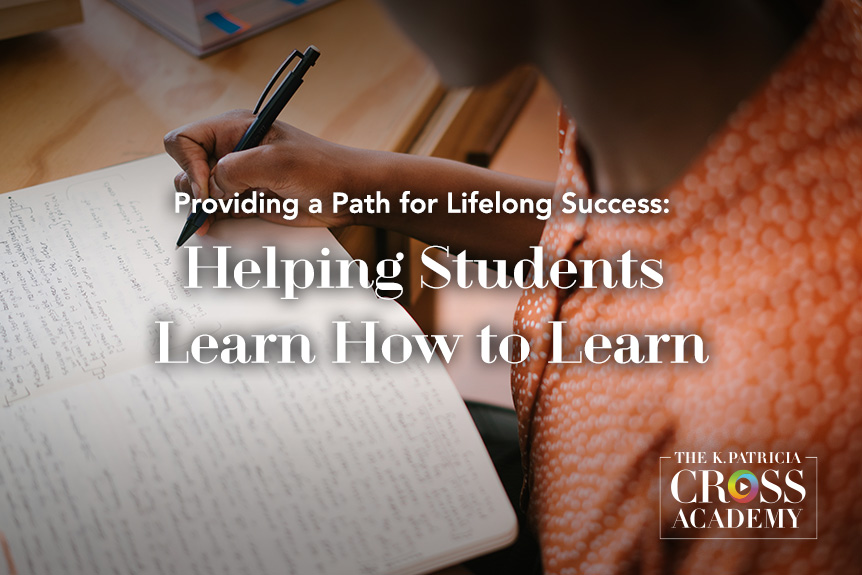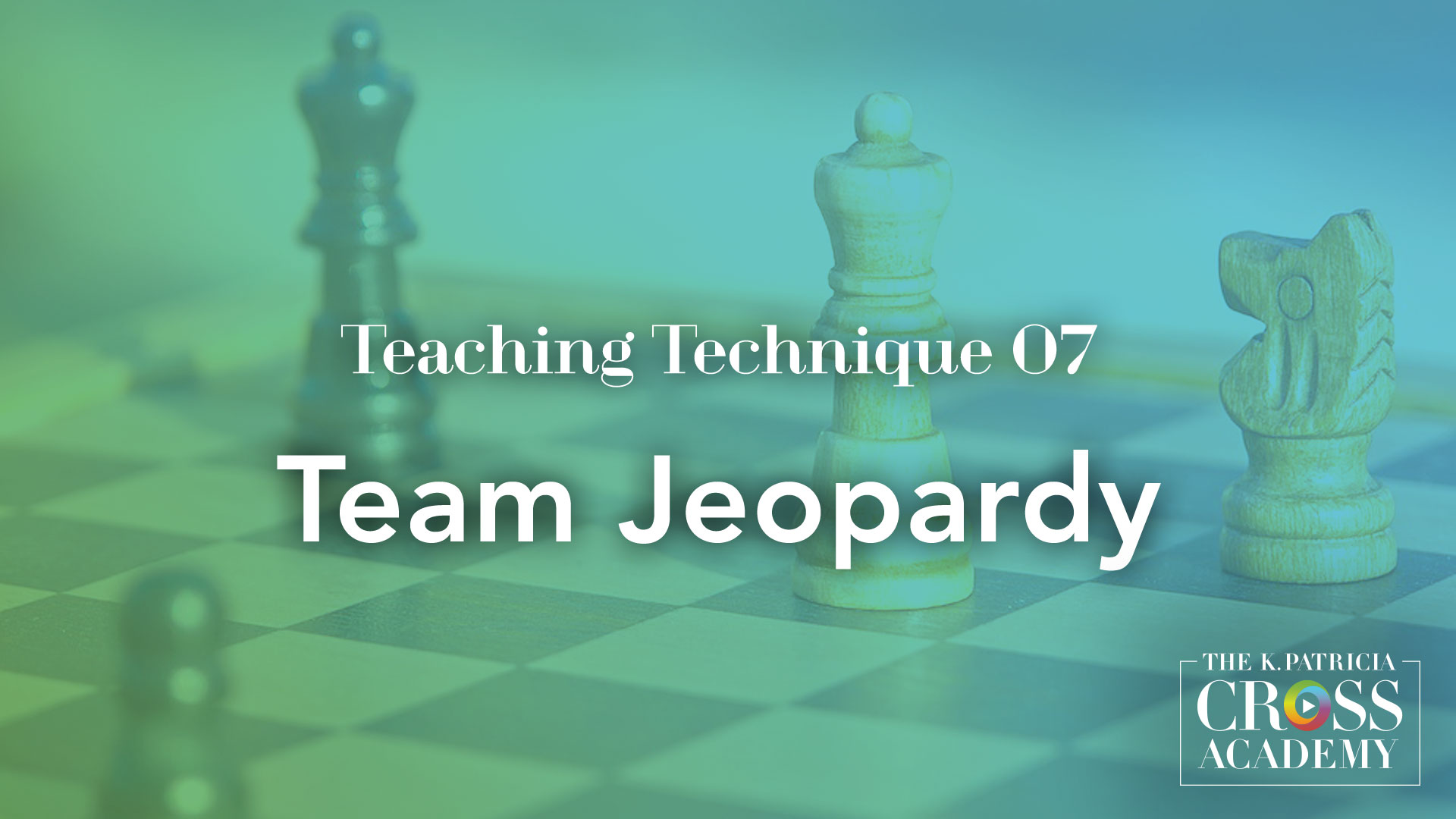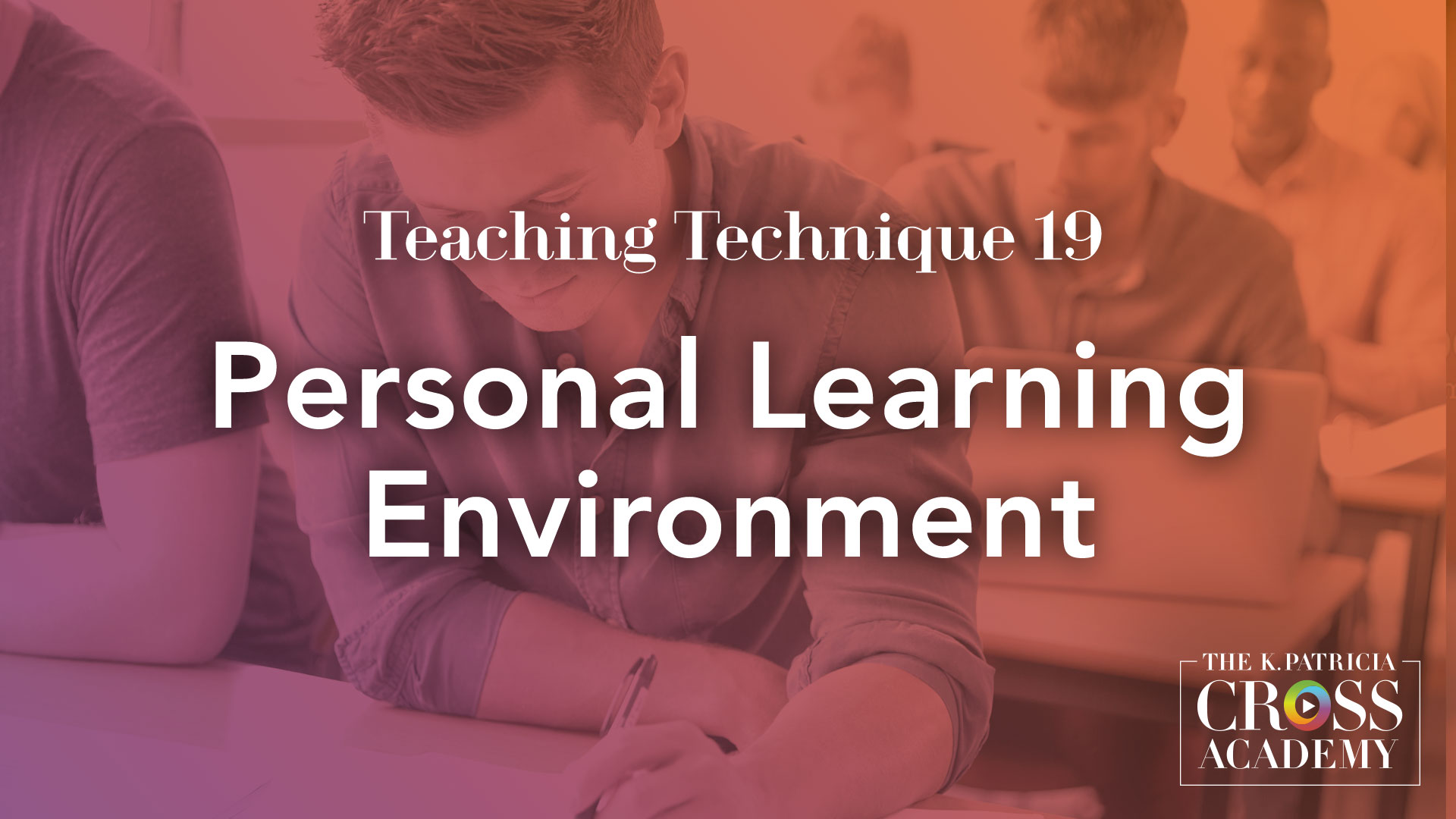
Dee Fink (2003, 2013) developed the Significant Learning Taxonomy because he believed that higher education had expressed a need for new kinds of learning that went beyond thinking and the acquisition of knowledge. These new kinds of learning include leadership and interpersonal skills, ethics, communication skills, and tolerance – but perhaps most importantly – the ability to learn (p. 29). In our rapidly changing world, problems and challenges continue to emerge and evolve, and individuals who can adapt to whatever life throws at them are the most likely to succeed.
The Significant Learning Taxonomy and its focus on the importance of helping students become better learners is as relevant today as it was when Fink presented it two decades ago. For example, Bridgeport (2021) observed that the overriding theme of a recent student conference was how essential a role higher education can play in developing “employability” for both individuals and entire societies. While she shared that there was debate on the issue of what “employability” actually means – and what kind of policies and approaches could help to ensure the next generation of graduates possess this illusive quality – the one point of general agreement and one that was repeatedly voiced throughout the conferences was the importance of helping students learn how to learn.
Learning strategies are devices or behaviors that aid in retrieving previously stored information as well as acquiring and integrating new knowledge.
As college faculty, we have become quite adept at learning. Most students, however, are still acquiring those skills. They struggle with how to learn efficiently and effectively, often lacking even awareness that strategies exist that might assist them. As Svinicki (2004) argued, “Many students have never been exposed to these different ways to approach studying or even to the idea that there are different ways to study.” Those of us in the classroom know that her observation continues to be true. Students don’t often come to college ready to listen and take notes in lectures, participate in discussions or groups, or show what they know in writing or problem solving.
We can help students become better able to direct and manage their learning by showing them how to use “learning strategies.” Learning strategies are devices or behaviors that aid in retrieving previously stored information as well as acquiring and integrating new knowledge. Examples include previewing, summarizing, paraphrasing, visualizing, creating analogies, taking notes, and outlining.
Main Idea:
Using well-documenting learning strategies can improve student confidence and performance.
Svinicki (2004) provides a table of learning strategies that illustrates the types of strategies or tactics that students may use to acquire various types of knowledge or skills. Below is a portion of a table she provides in her classes.
Learning Strategies
(Source: An excerpt from Table 6.1, pp. 125-127, Svinicki, 2004)
To learn at this level:
The general strategy is based on:
Here is a sample strategy to use:
Comments:
Basic definitions
Rehearsing
Use flash cards or anything that allows you to practice pairing a term with its definition.
The strategies use encoding information into long-term memory based on the cognitive model
Organizing
Group similar words together to make it easier to make connections among them. Identify examples and non-examples.
Structural knowledge – how concepts go together
Recognizing key concepts
Pull out all the text headings and put them in outline format.
These strategies organize the concepts in terms of their relationships to other concepts.
Recognizing relationships among key ideas.
Draw a concept map that shows what is connected with what and how.
Application of concepts to problems
Developing process steps
Write down the details of how the instructor or text uses examples to illustrate concepts. Then look for common steps or characteristics. Try your steps with a new example.
The strategies here create a repertoire of examples or mental models in which the concepts have been used. These can form the basis of case-based reasoning (using familiar cases to solve problems).
This strategy has the learner figure out the steps for applying the concepts.
For each example figure out why the procedure was used and what steps were taken.
Analysis of problem situations.
Looking for relationships.
Use the transition words or other text markers to identify important components or relationships.
These strategies are designed to help the learner see the components of a situation more clearly and break the problem down into manageable chunks.
Visually representing the problem.
Use a comparative organizer to contrast assumptions, ideas, and evidence.
Learning strategies are best incorporated into content-based learning activities, but handouts may also include an explanation (such as the table above). Weimer (2002), for instance, includes as appendices a collection of handouts addressing various learning strategies that she suggests attaching to the course syllabus.

Conclusion
As college teachers, we can do a great service for students if we help them become better learners. Helping students learn how to learn empowers them to become more self-directed learners. This in turn enables them to continue learning and to do so with greater effectiveness. With greater understanding of how to learn and a larger repertoire of strategies to increase the efficacy of their learning, students will be able to exert more control over their learning and be better equipped for the challenges they will face both in and out of school.
What are some examples of Cross Academy Techniques that focus on learning strategies?
Here are some example Cross Academy Techniques that focus on helping students increase their repertoire of learning strategies.
Team Jeopardy is a game in which student teams take turns selecting a square from a grid that is organized vertically by category and horizontally by difficulty. Each square shows the number of points the team can earn if they answer a question correctly, and more challenging questions have the potential to earn more points.
In Group Grid, group members are given pieces of information and asked to place them in the blank cells of a grid according to category rubrics, which helps them clarify conceptual categories and develop sorting skills.
A PLE is a set of people and digital resources an individual can access for the specific intent of learning. Students illustrate the potential connections through a visible network of the set.
Key Reference and Resources
Barkley, E. F., & Major, C. H. (2020). Student engagement techniques: A handbook for college faculty. (2nd ed). Jossey Bass/Wiley.
Ambrose, S. A., Bridges, M. W., DiPietro, M., Lovett, M. C., & Norman, M. K. (2010). How learning works: Seven research-based principles for smart teaching. Jossey-Bass.
Bridgeport, L. (2021) The importance of learning to learn. (https://www.topuniversities.com/blog/importance-learning-learn)
Dunlosky, J., Rawson, K. A., Marsh, E. J., Nathan, M. J., Willingham, D. T. (2013). What works, what doesn’t. Scientific American Mind (PDF). https://wcer.wisc.edu/docs/resources/cesa2017/Dunlosky_SciAmMind.pdf
Fink, L. D. (2003). Creating significant learning experiences: An integrated approach to designing college courses. Jossey-Bass.
McGuire, S. Y. (2015). Teach students how to learn: Strategies you can incorporate into any course to improve student metacognition, study skills, and motivation. Stylus.
Svinicki, M. D. (2004). Learning and motivation in the postsecondary classroom. Anker.
Suggested Citation
Barkley, E. F., & Major, C. H. (n.d.). Providing a path for lifelong success: Helping students learn how to learn. CrossCurrents. https://kpcrossacademy.org/providing-a-path-for-lifelong-success-helping-students-learn-how-to-learn/

Engaged Teaching
A Handbook for College Faculty
Available now, Engaged Teaching: A Handbook for College Faculty provides college faculty with a dynamic model of what it means to be an engaged teacher and offers practical strategies and techniques for putting the model into practice.







